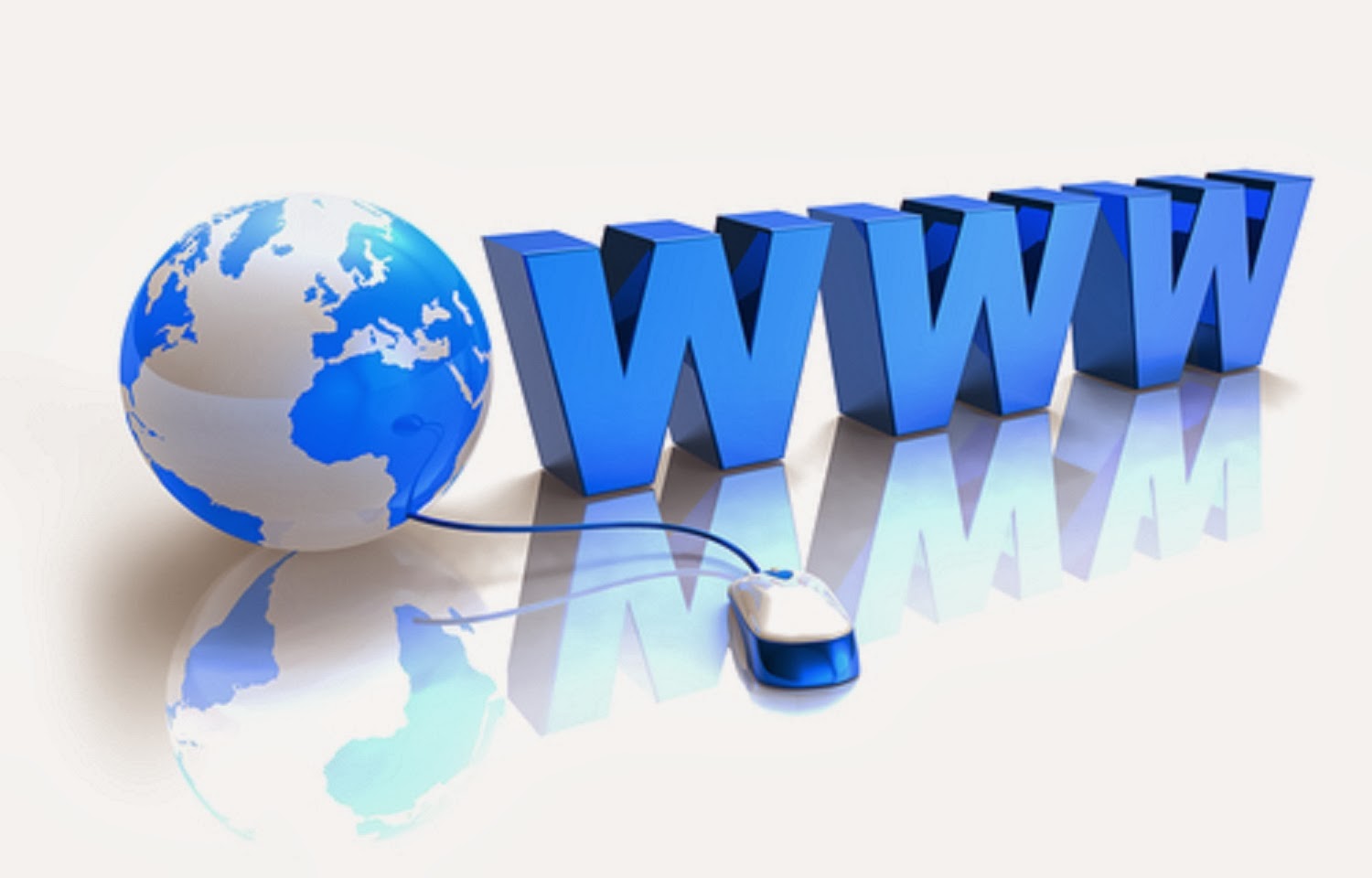
After so many years of digital life, I’ve developed some habits or quirks, as you wish. One of them is to look at sites with a more critical eye. One of the things I see the most are “forgotten sites”, which, given the best practices of digital dynamics, doesn’t make much sense for a person or a company, no matter the size.
Why does someone create a website? We see everything: people who make a website just to have one, people who do it because others have it and don’t want to be left out, people who have it because they think it’s cute, who use it as a showcase, who use it to sell, who use it to sell themselves, anyway, for a little bit of everything.
It happens a lot to develop a website and leave it there with rare interferences, rare adjustments and no technical updates. And therein lies the danger with potential problems.
Yes, unlike what many people think, a website should be seen as a living organism. Not that he is a plant or an animal, but it needs to be clear that he is not static. It’s not a picture frame that we put the image we like the most and from time to time take it in our hands to appreciate and return it to its place.
So let’s put two pillars of support for the ideal situation of updates:
1. Content Updates
If the site has a Blog and you make new posts regularly, it already helps to bring in new related content, new words related to your business, which in the eyes of Google is a good practice and it will help to find your site in the search engines. Of course, it’s not just that, there’s much more, but it’s something.
2. Technical Updates
This is where the big trouble resides. Websites developed in WordPress have been popular with Small and Medium Enterprises (SMEs) for a few reasons: they are flexible, cheap, beautiful and have a user-friendly administrative panel. All the best, including for those who develop. Most of them are customized on top of ready-made “Themes”, that is, someone has developed a nice layout and sells it to anyone who wants to buy and adapt it on top of its structure, changing colors, images, logos, etc. Something fantastic for a small company looking for a solution that fits in their pocket.
The biggest problem is creating and not updating
In addition to the Theme, these structures use what we call “Plugins” which are nothing more than “small programs or applications” added to the main structure of the site to achieve a certain desired resource. I cite some examples: Automatic backup routines, an automatic scheduling routine, surveys, quizzes and thousands of other options. Yes, they all get periodic updates from their developers that include important little things like protections against intrusion by hackers. Yes, again, these updates do not automatically go to your site. Not to mention updates to the WordPress platform itself.
What I mean by all this: anyone who has a WordPress site needs to establish a routine of Theme and Plugins updates to mitigate possible security and functioning problems. It doesn’t have to be an intense routine, but it needs to exist, let it be every 6 months. How much? Much, much, much cheaper than getting hacked and having to try to fix it later. Here, updates work as prevention. Keeping everything “Up to Date” is critical.
See conditions, how much it costs and hire!

No comment yet, add your voice below!